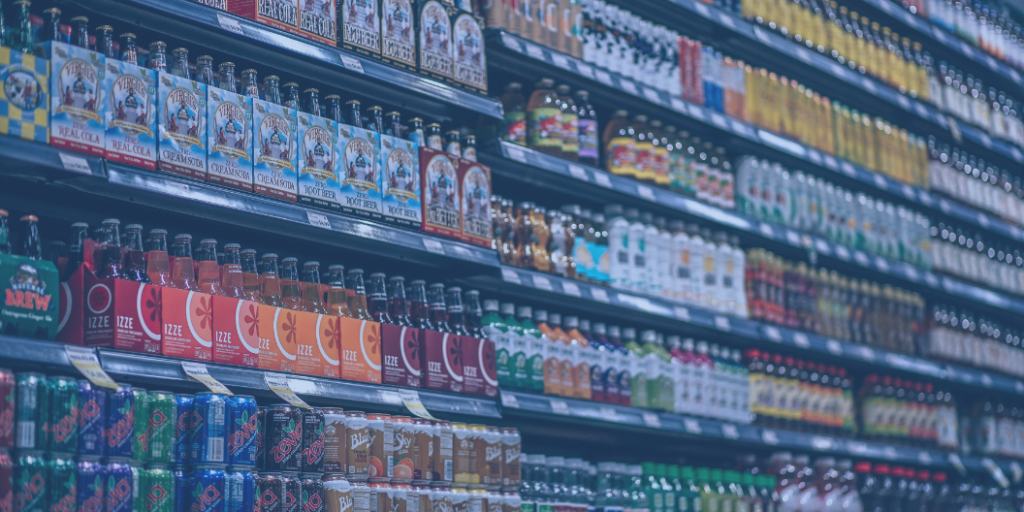An online liquor store set up dynamic pricing to find the ideal margin for their products. However, they were concerned that finding the ideal price points for their popular bottles could take weeks, while their lesser known bottles might not generate enough data for months at a time.
Rather than floundering in uncertainty, the liquor store decided to base their pricing on similar product groupings. Instead of seeing data on single bottles, they would increase their data points significantly by aggregating large categories of products together. They believed that the pricing data would hold true across the entire category.
The liquor store was left with one challenge. How should they define similar products?
Usage-based: The Netflix Approach
When looking for similar shows a subscriber might like to watch, Netflix’s recommendation engine analyzes user behavior. The engine finds other people who have watched many of the same shows that you’ve watched. Essentially, it groups people together based on what you’ve watched, and then recommends shows other people within your group have enjoyed.
When applied to a retailer like our liquor store, this approach would mean analyzing purchase behavior. That could mean segmenting bottles based on sales numbers. More popular bottles would be tested as one unit, while bottles that are purchased less frequently are tested as a second unit.
With sales data coming in from multiple points, the store can quickly determine the right margin for each set of bottles.
Content-Based: The Facebook Approach
Facebook takes a different approach to grouping similar items. When recommending new friends on Facebook, the social media giant considers specific attributes that it knows about you. If you live in the same city, have friends in common, and like similar things, their recommendation engine would include new people in their People You May Know section. Essentially, they are using content to make their recommendation.
If using this approach, our liquor store would group the bottles based on the content. It would test margins for vodkas, bourbons, or mixers, and use the multiple data points within the category to determine optimal pricing levels.
A Hybrid Approach
Both the usage- and content-based approaches are effective in grouping products together and finding ideal price points. However, once the price point is optimized, the dynamic pricing calculator continues to recommend pricing for specific items.
For example, if the liquor store took a content-based approach, it may price all its bottles of bourbon at a set margin. However, the dynamic pricing engine would continue to scan the market for competitor pricing and user behavior. Based on its findings, the pricing engine could recommend a price change for some more popular bottles.










